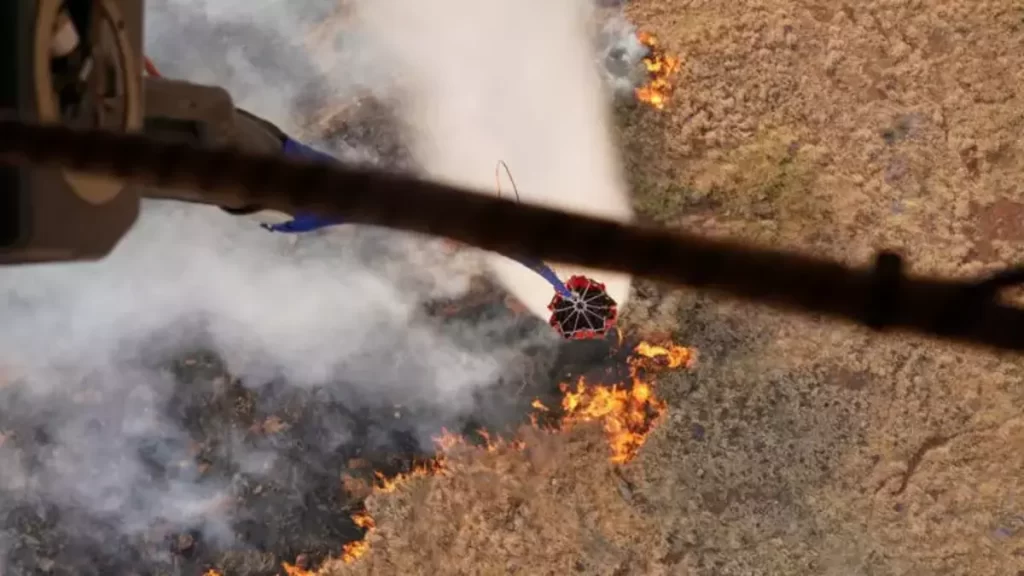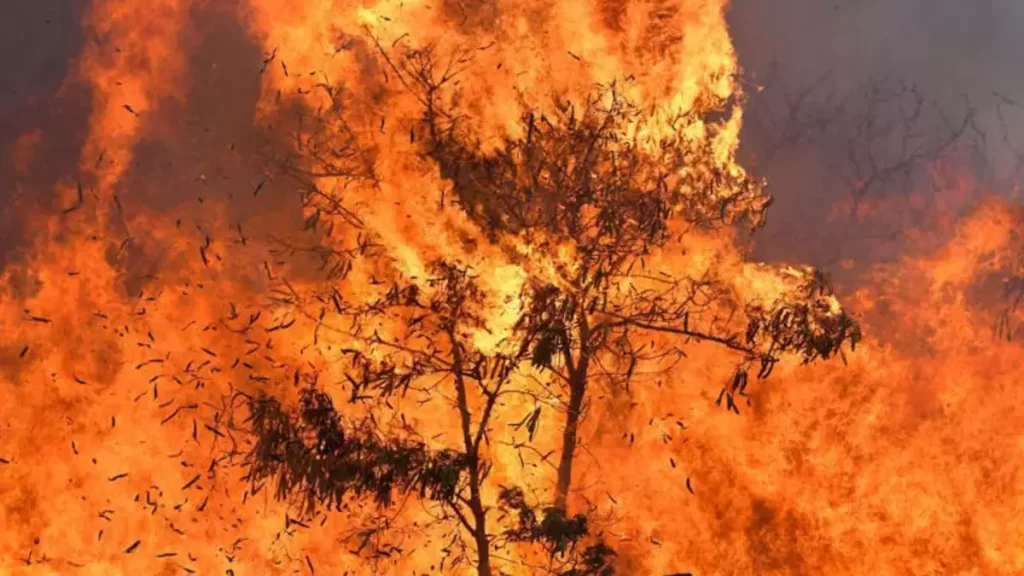Hawaii’s Wildfire Crisis: Introduction
When it comes to natural disasters, like Hawaii’s Wildfire, Hawaii has always been on the lookout for tsunamis, earthquakes, and volcanic hazards. However, the recent catastrophic fires in Maui and Lahaina have highlighted an underestimated threat that has now become the state’s deadliest natural disaster in over six decades.
Table of Contents
The Ill-Preparedness of Hawaii
In a report released by Hawaii officials last year, the risk of wildfires to human life was described as “low.” Fast forward to today, and the fires have claimed at least 80 lives. A review of state and local emergency planning documents reveals that Hawaii officials recognized the increasing threat of wildfires but lacked the necessary resources to address them. A 2021 Maui County report on wildfire prevention even highlighted the inadequacy of funds to prevent and mitigate wildfires.
The Escalating Threat
Historically, wildfires in Hawaii were primarily caused by volcanic eruptions and lightning strikes. However, the area affected by fires has seen a significant increase over the past few decades. Events like Hurricane Lane in 2018 and the fires in 2019, which consumed over 25,000 acres of land, serve as grim reminders of the escalating threat. The increasing frequency of fires is also linked to worsening drought conditions in Maui.
The Role of Climate Change and Invasive Species
The introduction of non-native grass species and shrubs, which act as kindling in dry conditions, has exacerbated the wildfire situation. These non-native grasslands are highly flammable, especially during severe drought conditions. Despite the evident dangers, Hawaii’s state budgets for fire management have not kept pace with the deteriorating conditions.
The Need for Proactive Measures
The recent devastation in Lahaina underscores the need for Hawaii to take fire prevention more seriously. As the state rebuilds, there’s a pressing need to consider enhanced fire safety measures. This includes an aggressive plan to replace flammable non-native grass species and a comprehensive strategy to address the broader challenges posed by climate change.

FAQs
Q: Why were wildfires historically less of a threat in Hawaii?
A: Historically, wildfires in Hawaii were primarily sparked by volcanic eruptions and lightning strikes.
Q: How has the introduction of non-native species affected the wildfire situation in Hawaii?
A: The introduction of non-native grass species and shrubs, which are highly flammable, especially in dry conditions, has exacerbated the wildfire situation.
Q: What measures are being considered to prevent future wildfires in Hawaii?
A: As the state rebuilds, there’s a pressing need to consider enhanced fire safety measures, including an aggressive plan to replace flammable non-native grass species.
In conclusion, the recent wildfires in Hawaii serve as a stark reminder of the ever-evolving nature of threats posed by natural disasters. As the state grapples with the aftermath of the fires, it’s imperative to learn from past mistakes and implement proactive measures to safeguard the future.





